innovation
Kill Your Sacred Cows: The Key to Business Growth
Innovation thrives not in creating new ideas but in eliminating the old ones.
Clinging to outdated strategies will sink your multifamily business.
Courageously kill what no longer serves you and your organization.
By creating space, new ideas can take root.
“True innovation is the art of relentless pruning.” – Mike Brewer
Share this:
Be Curious: Unlock the Door to Lifelong Learning
Curiosity isn’t just a trait—it’s your superpower.
It illuminates the boundless cosmos of wisdom.
It propels breakthroughs, nurtures progress, and kindles an unstoppable fervor.
With inquisitive eyes, the ordinary transforms into the extraordinary.
Dare to ask questions, seek answers, and never stop exploring.
Curiosity paves the path to your fullest potential.
“Curiosity isn’t just a trait; it’s a lifestyle. Embrace it, and watch your world expand.” – Mike Brewer
“To be curious is to embrace life’s infinite mysteries and possibilities.” – Anonymous
Share this:
The Most Powerful Ten Letters in Two Words: Most People
Words shape reality.
The words “Most People” carry immense power.
They reveal societal norms and collective behavior.
Understanding them can drive change.
Don’t just follow the crowd; lead it.
“Most people live inside the box; innovators redefine its edges.” – Mike Brewer
Share this:
Investing in the Future: Bold Moves for Bold Returns
The future belongs to the bold.
Hesitation never built an empire.
Innovation waits for no one.
Seize the moment, reap the rewards.
Buy into the future today.
"The future sells itself, but only to those bold enough to buy." – Mike Brewer Click To Tweet
Share this:
Who are you watching and why? That’s the question every savvy business owner must ask to stay ahead of the curve.
You’re watching your competitors. They’re your benchmark for success and innovation. Studying their moves reveals market trends and consumer preferences.
Next, you’re watching both industry and outside leaders. They set the standards and push boundaries. Learning from their successes and failures can spark new ideas and improve your strategies.
Finally, you’re watching your customers. Their feedback, behavior, and needs should guide your decisions. Listening to them can help you anticipate changes and adapt swiftly.
Stay curious, stay informed, and stay ahead.
Share this:
- Page 1
- Page 2
- Page 3
- Interim pages omitted …
- Page 14
- Go to Next Page »

